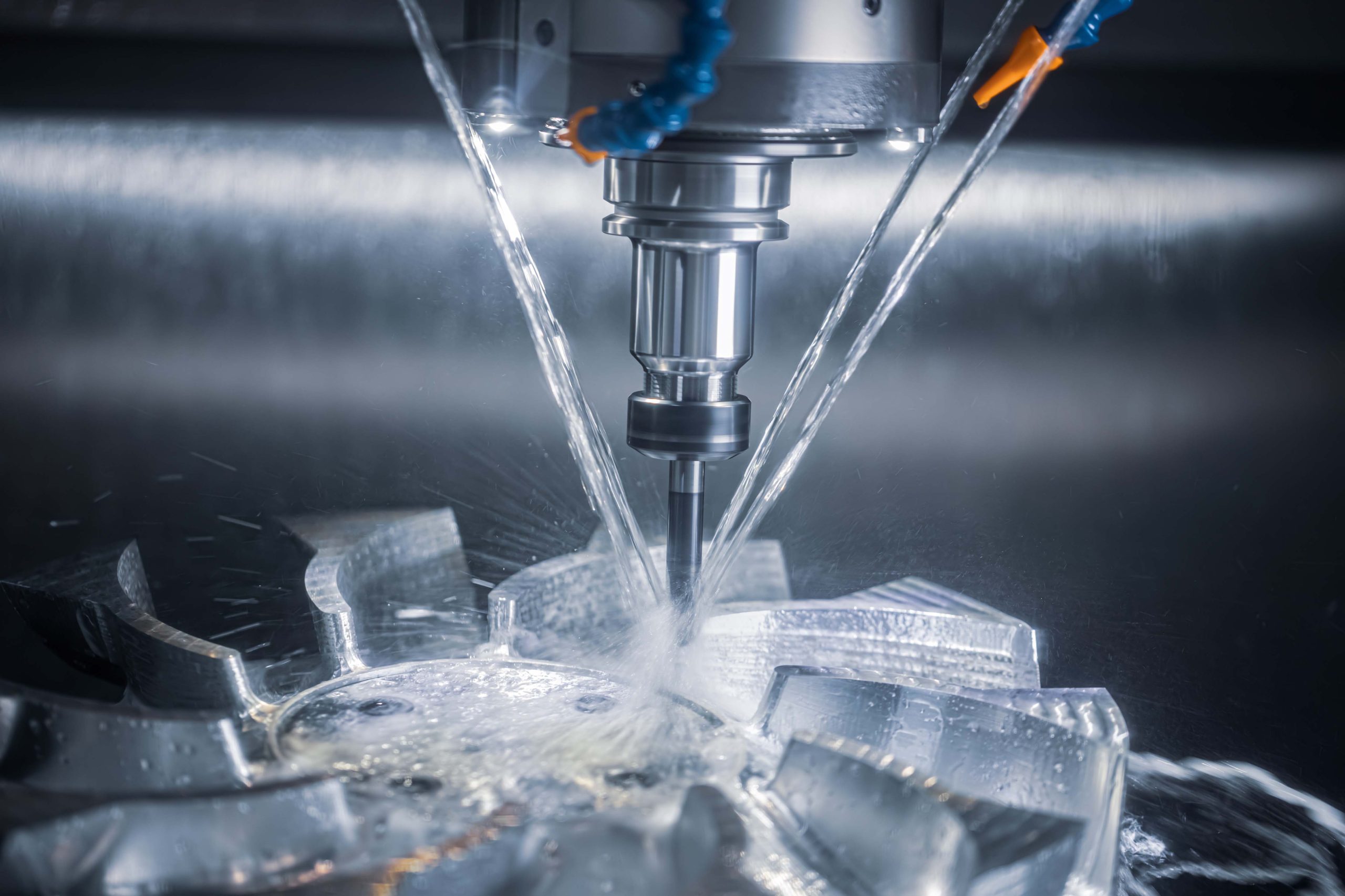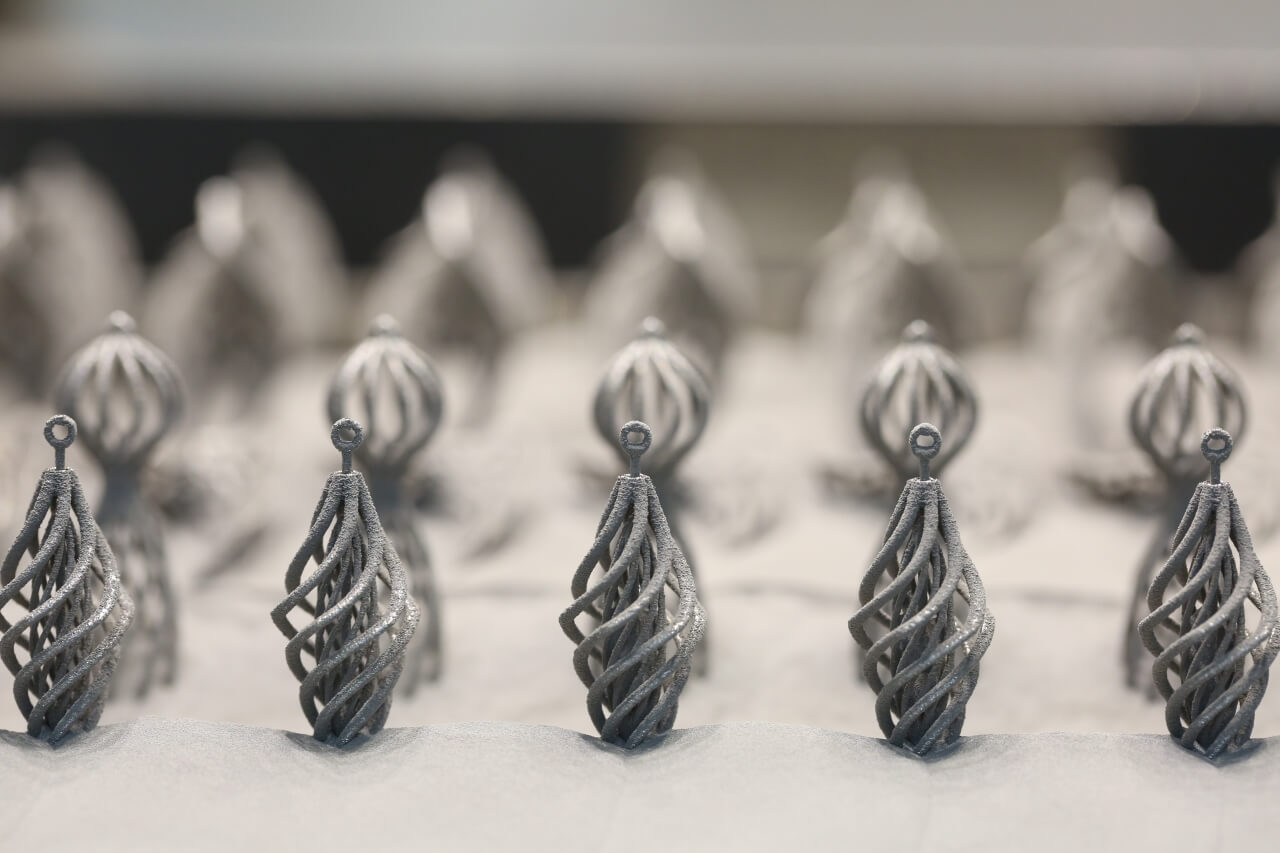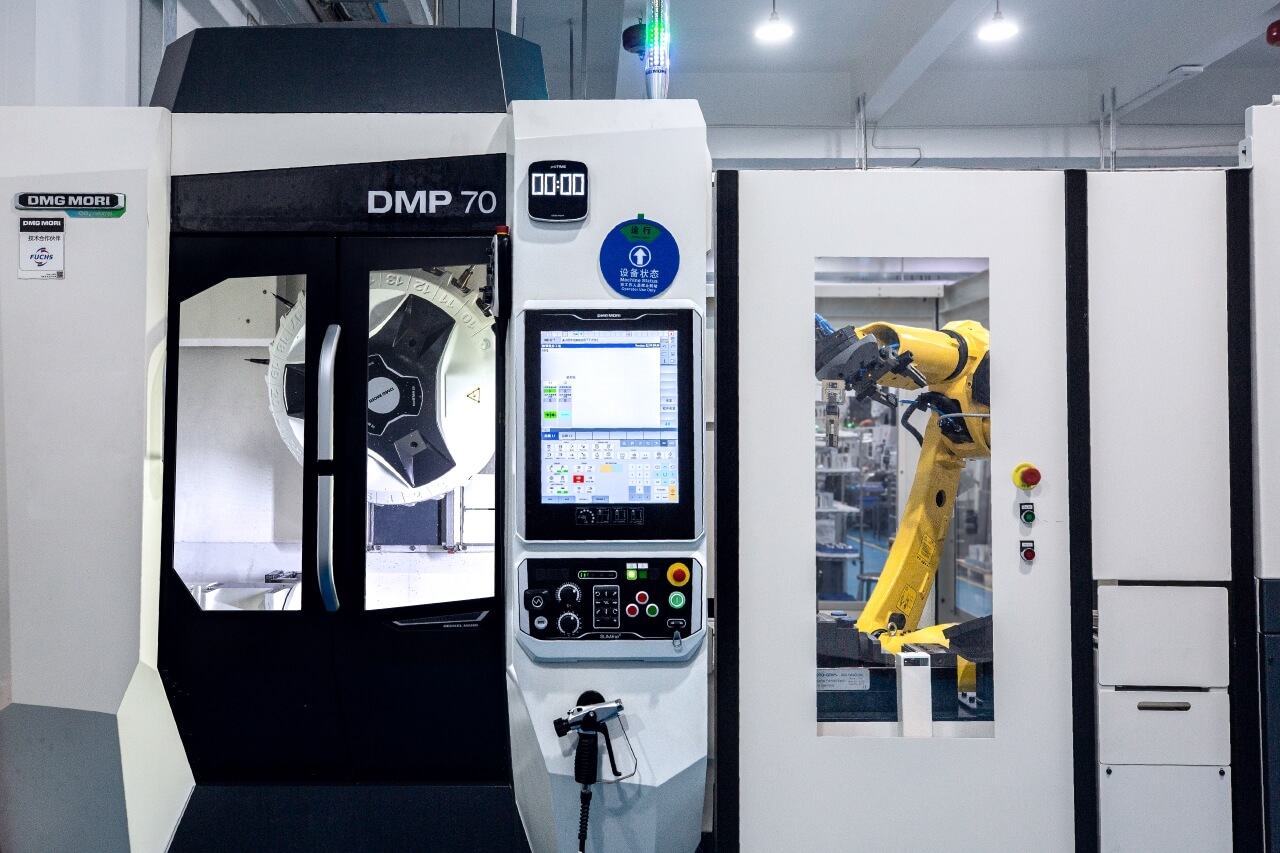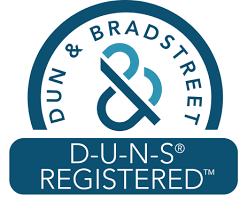Some of the custom rapid prototypes and low-volume manufactured parts we make aren’t finished products when they leave our facilities. Many still need to be combined with wires, cables, pcb controllers and other assorted electrical hardware to make a complete product solution.
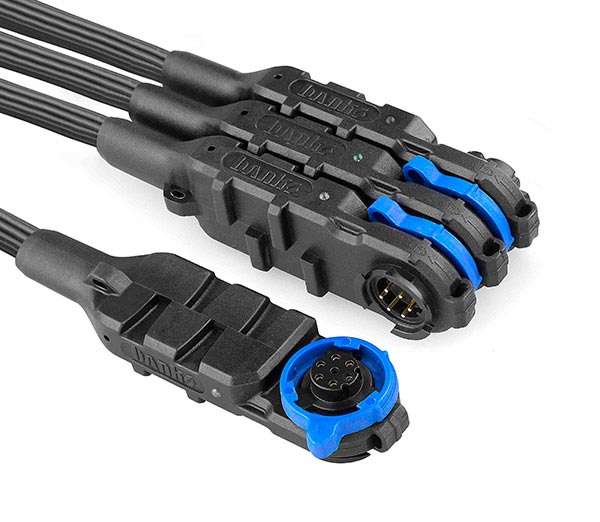
We don’t specialize in this area, so we consulted with Swiss electrical engineer Rene Forster of Howag-Swisspur for insight about this fascinating technology. Howag-Swisspur is our go-to solution when we need a local partner to help a client to complete a complex electrical assembly. They make custom plugs, moldings, connectors and even entire turn-key control panels and housings for switching stations and telecommunications hubs. They know their stuff, so let’s learn from them.
How Metal Becomes Wire
First, the majority of electrical wire is made from aluminum or copper. After refining the ore, metal is pulled into thick coils called rod. Rod is processed in large spools and then fed into a series of dies and rollers which stretch it out into its final thickness, or “gauge”. To be useful and to be safe, bare wire is covered in a continuous insulating sheath using various kinds of plastic that must withstand temperature extremes, solvents, water and UV exposure. This is performed with a plastic extrusion process not much different than that used to make plastic bottles.
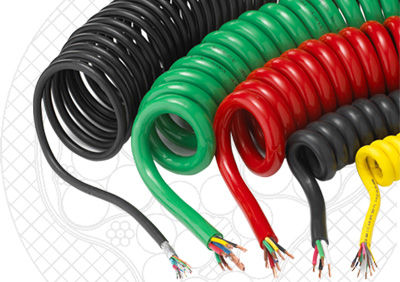
Only a few kinds of plastic are best suited as insulation since they must be durable, flexible, accepting of different colored dies, and not too expensive. Common material includes polyethelene (PE), polyurethane (PU), rubber and polyvinyl chloride (PVC). Higher grades of material for better durability and mechanical strength may include nylon, silicone, FEP, and PTFE (Teflon).
How Wires Become Cables
Usually a single solid metal strand is considered a wire, while multiple strands or bundles of wire are called a cable. In both cases, they are conductors for electrical signals. They come in many types and sizes for power transmission and telecommunication. Telecom cables are often shielded, using an additional outer mesh of conductor separated from the inner core by an insulating layer. This secondary mesh is meant to prevent incidental electromagnetic radiation in the environment (radio, TV, mobile phone signals) from interfering with the transmission.
Connectors And Terminals
By themselves, wires and cables can do nothing. They must be connected to something to perform their function, and that’s where connectors come in. But what exactly is a connector? Well, a connector actually needs to perform a couple of functions that can be highly specialized.
Connectors use a metal terminal that is crimped or soldered to a corresponding conductor, and all of this is placed inside the plastic shell. Connectors are tasked with making mechanical joints between male and female terminals, not only holding the whole unit firmly in place but also protecting it from the outside environment. Usually the connector can be separated later for maintenance or replacement, making it an invaluable interface between the human user and the electrical device. And there are thousands of types of connectors in every conceivable size and shape, for every kind of device and purpose.
Making Overmolding For Wires and Circuit Boards
Some complicated assemblies combine printed circuit boards soldered to fine wires. These need to be sealed in a plastic housing to protect them, but how to do this without destroying the delicate electronics?
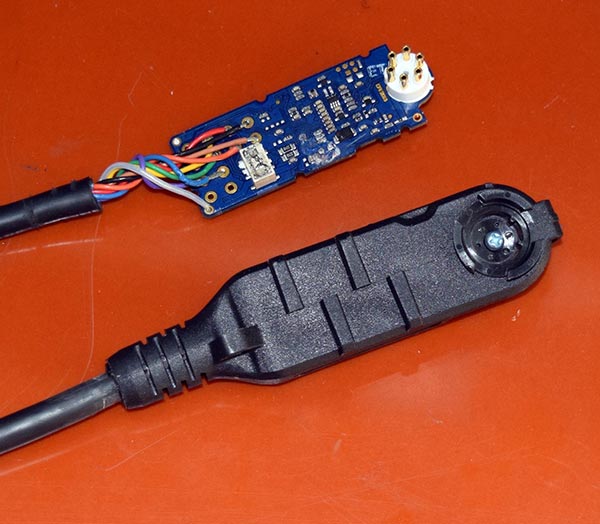
Overmolding uses low-melting-temperature plastic that’s slowly pressed over the entire assembly and then cooled, which makes a single solid block which seals and protects it. In this regard the overmolding process is a hybrid combination of die casting and plastic injection molding. This is a one-time process; the connector can never be opened again without destroying it, but it’s robust and reliable if done right.
Harnesses
Ok, now we know all about insulated wires, terminals, connectors and overmoldings. If we put many such wires and connectors together into a dedicated bundle, that bundle becomes a wiring harness. This is familiar to anyone who’s ever looked under the hood of a car, where the engine, battery, air compressor and stereo are all tied together in one confusing spaghetti of mysterious wires – that’s the harness, and they’re custom engineered for every unique application.
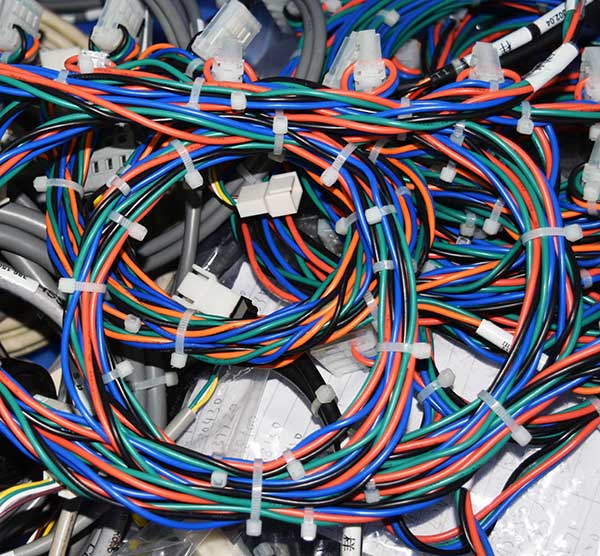
What Does This Mean For Your Prototype?
When designing your new product you will need to take into account where the wiring and cables will go, how much space they will take up and how the plastic and wiring will work together intelligently for maximum performance. If you’re ready to start your next project, contact us for a free quotation. And if you want a recommendation for a great wire and cable manufacturer who has the same high standards as us, check out Howag-Swisspur and ask for Rene.

